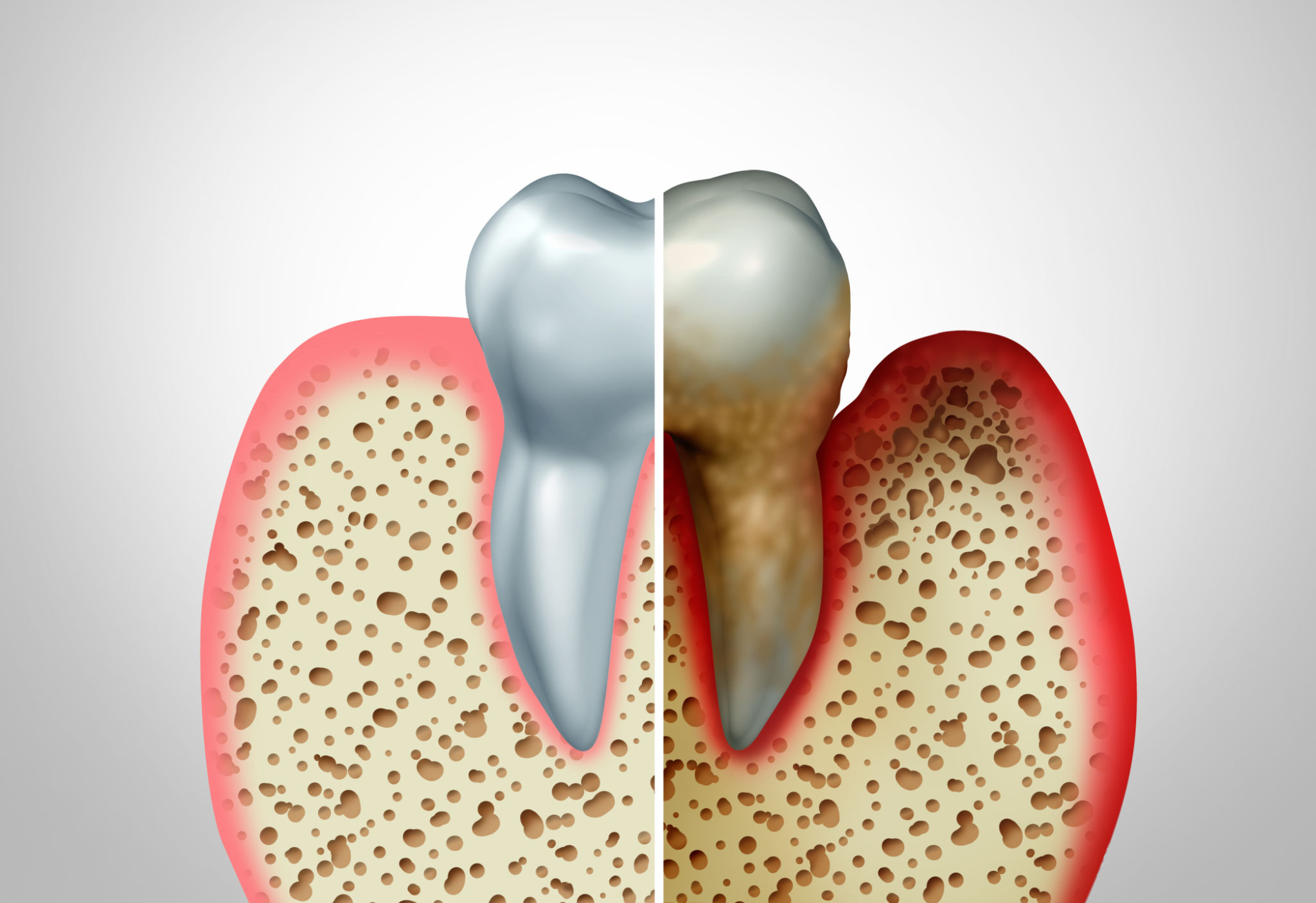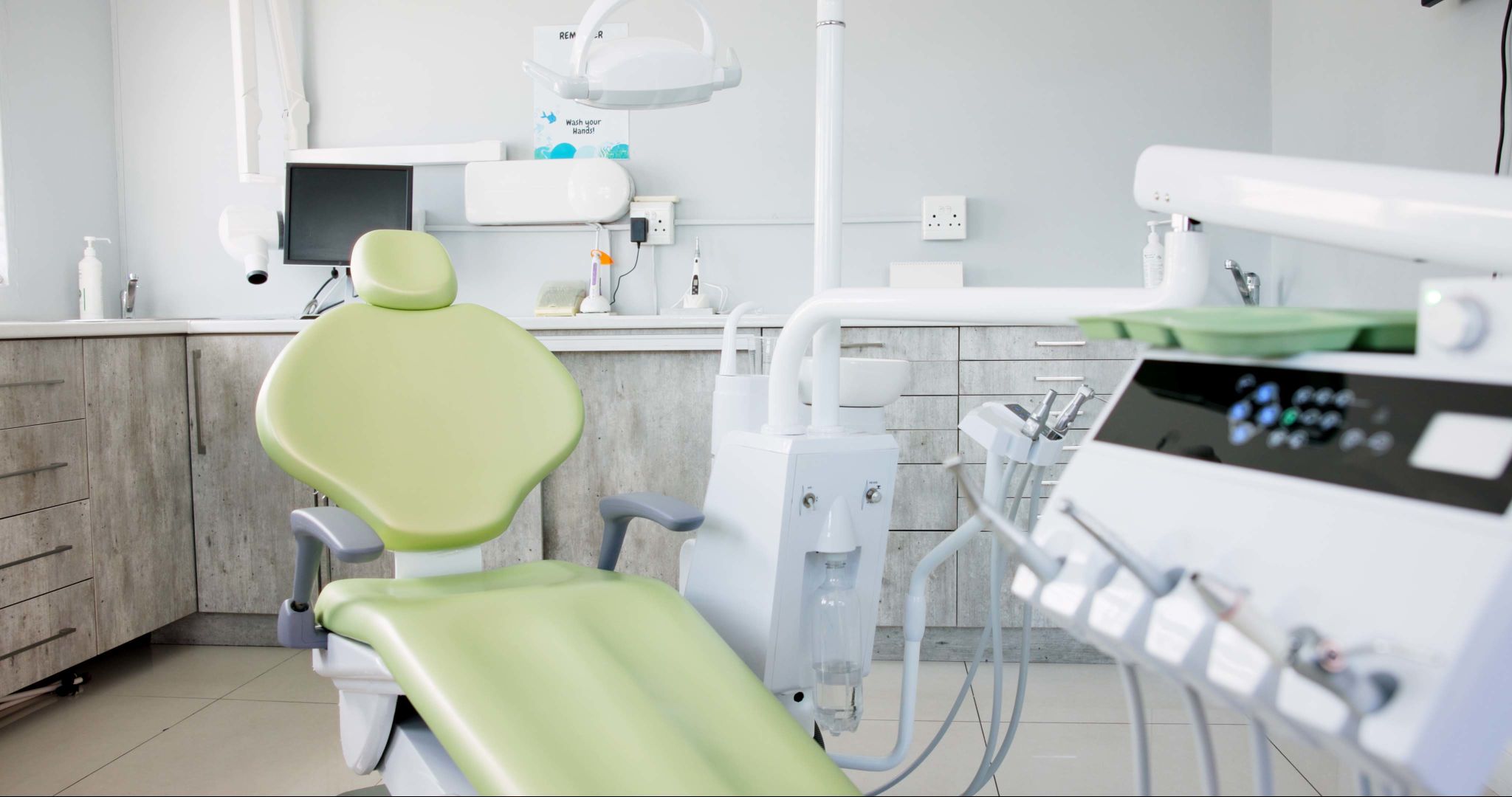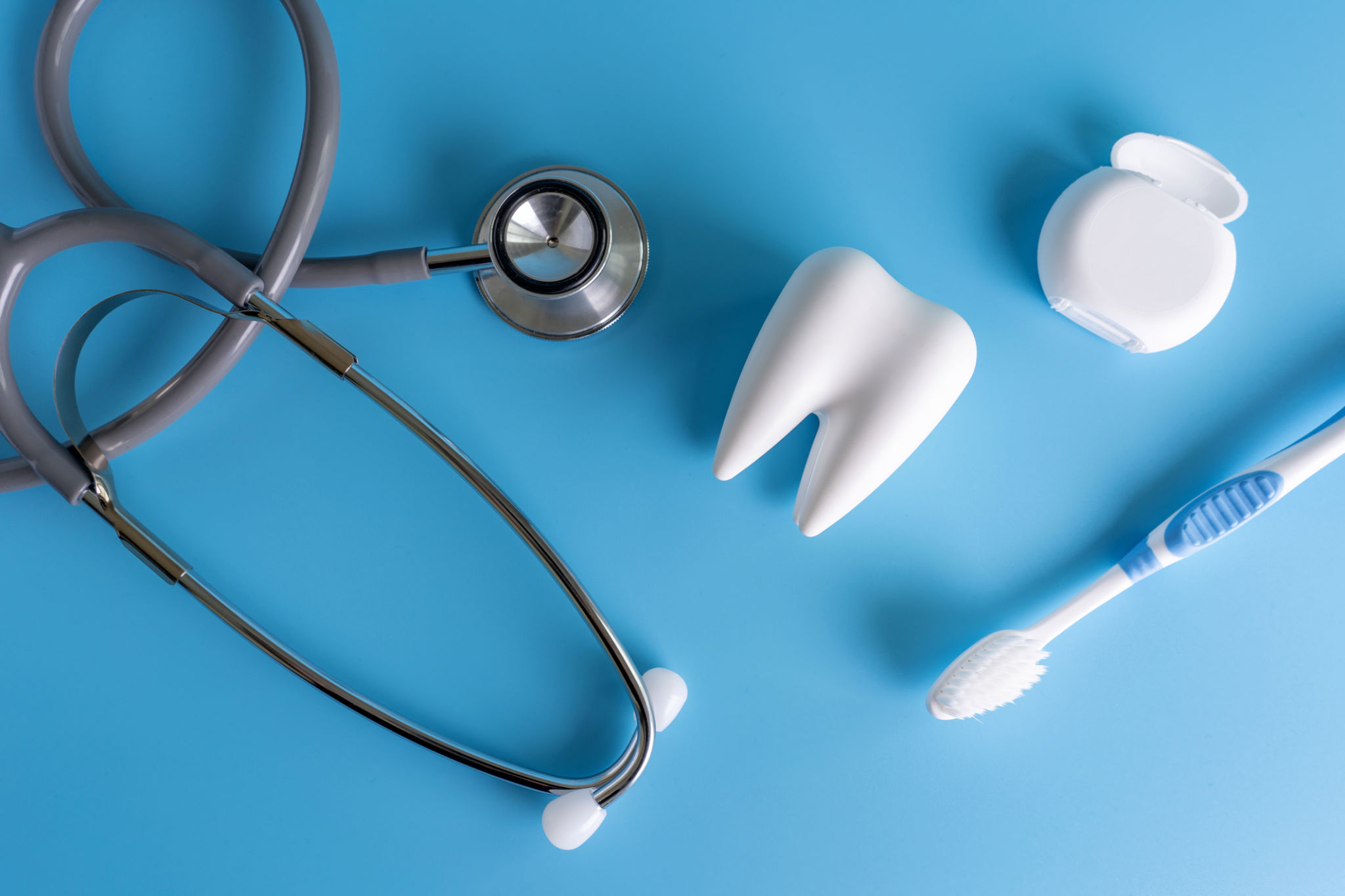FAQs About Gum Disease: What You Need to Know
What is Gum Disease?
Gum disease, also known as periodontal disease, is an infection of the tissues that surround and support your teeth. It is a major cause of tooth loss in adults. The condition is typically caused by poor oral hygiene, which leads to plaque buildup. Understanding gum disease is crucial for maintaining oral health.

There are two main stages of gum disease: gingivitis and periodontitis. Gingivitis is the milder form and can be reversed with proper dental care. However, if left untreated, it can progress to periodontitis, which can cause significant damage to the gums and bone supporting the teeth.
What Are the Symptoms of Gum Disease?
Recognizing the symptoms of gum disease early can prevent further complications. Some common signs include:
- Red, swollen, or tender gums
- Bleeding gums during brushing or flossing
- Persistent bad breath
- Receding gums or longer appearing teeth
- Loose or shifting teeth
If you notice any of these symptoms, it’s important to visit a dental professional for an evaluation.
How Is Gum Disease Diagnosed?
A dentist can diagnose gum disease through a combination of a clinical examination and dental X-rays. During the exam, they will check for inflammation, bleeding, and any pockets between your teeth and gums. These pockets are a sign of periodontitis.

X-rays help in assessing the bone loss around the teeth. Early diagnosis is essential because it allows for more straightforward and effective treatment options.
What Treatments Are Available for Gum Disease?
The treatment for gum disease depends on its stage. For gingivitis, improving oral hygiene practices such as regular brushing and flossing can often reverse the condition. A professional dental cleaning might also be necessary to remove plaque and tartar.
In cases of periodontitis, treatment may involve scaling and root planing, a deep-cleaning procedure that removes plaque and tartar from below the gum line. More advanced cases might require surgical interventions.

How Can I Prevent Gum Disease?
Prevention is key when it comes to gum disease. Here are some effective strategies:
- Brush your teeth twice a day with fluoride toothpaste.
- Floss daily to remove plaque from between your teeth.
- Visit your dentist regularly for cleanings and checkups.
- Avoid tobacco use, which can exacerbate gum problems.
- Maintain a balanced diet to support your overall oral health.
The Importance of Regular Dental Visits
Regular dental visits play a critical role in preventing and managing gum disease. During these visits, your dentist can detect early signs of gum disease, even before you notice any symptoms. This early detection allows for prompt treatment, reducing the risk of progression and tooth loss.
Additionally, professional cleanings remove plaque and tartar that regular brushing and flossing might miss, further protecting your gums from disease.
Conclusion: Keeping Your Gums Healthy
Understanding gum disease and its implications is essential for maintaining your oral health. By recognizing the symptoms early, seeking professional diagnosis and treatment, and adhering to preventive measures, you can protect your gums and teeth for years to come.
